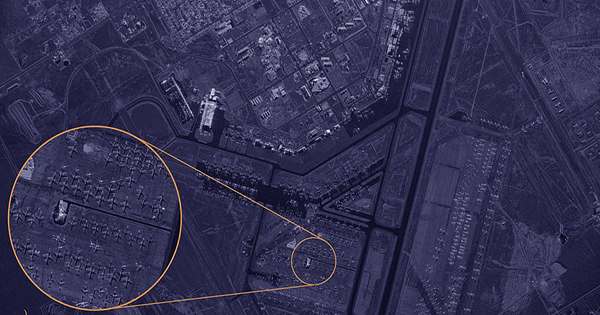Cloud computing refers to the on-demand availability of computer system resources, particularly data storage (cloud storage) and computational power, without the user’s direct active supervision. It is a technology that enables individuals and companies to access and use computing resources (such as servers, storage, databases, networking, software, and more) on a pay-as-you-go basis via the Internet. Large clouds frequently have functions spread across numerous locations, each of which is a data center. Users can rent or lease these resources from cloud service providers rather than owning and maintaining physical hardware and software infrastructure.
To accomplish coherence, cloud computing relies on resource sharing and often employs a pay-as-you-go approach, which can assist in reducing capital expenses but may also result in unanticipated running expenses for customers. Cloud computing, often known as Internet-based computing, is a technique in which a resource is delivered to the user as a service via the Internet. Data can be kept in the form of files, photos, papers, or any other storable document.
Some operations that can be performed with cloud computing are –
- Storage, backup, and recovery of data
- Delivery of software on demand
- Development of new applications and services
- Streaming videos and audio
Key characteristics of cloud computing include:
- On-Demand Self-Service: Users can provision and manage computing resources as needed, without requiring human intervention from the service provider.
- Broad Network Access: Cloud services are accessible over the internet from a variety of devices, such as computers, smartphones, and tablets.
- Resource Pooling: Cloud providers use multi-tenant models, where multiple customers share the same physical infrastructure, but their data and applications are logically isolated.
- Rapid Elasticity: Cloud resources can be quickly scaled up or down to meet changing demands. This elasticity allows users to avoid over-provisioning or under-provisioning their resources.
- Measured Service: Cloud usage is metered and billed based on actual consumption. This “pay-as-you-go” model is cost-effective because users only pay for what they use.
There are several deployment models and service models in cloud computing:
Deployment Models:
- Public Cloud: Services are provided over the Internet to multiple customers by a cloud service provider. Examples include Amazon Web Services (AWS), Microsoft Azure, and Google Cloud Platform (GCP).
- Private Cloud: The cloud infrastructure is used exclusively by a single organization. It can be hosted on-premises or by a third-party provider. Private clouds offer greater control and security.
- Hybrid Cloud: Combines public and private cloud resources, allowing data and applications to be shared between them. This provides flexibility and scalability.
Service Models:
- Infrastructure as a Service (IaaS): Provides virtualized computing resources over the internet, including servers, storage, and networking. Users have control over the operating system and applications.
- Platform as a Service (PaaS): Provides developers with a platform and environment to build, deploy, and manage apps without having to worry about the underlying infrastructure. Development tools, databases, and runtime environments are all part of PaaS.
- Software as a Service (SaaS): Subscription-based delivery of software applications via the Internet. The software is accessed via a web browser, and the supplier handles maintenance and updates.
Cost savings, scalability, flexibility, and the ability to outsource infrastructure management responsibilities are just a few of the advantages of cloud computing. It has evolved into a critical technology for both organizations and individuals, enabling innovation and digital transformation across multiple industries.
















